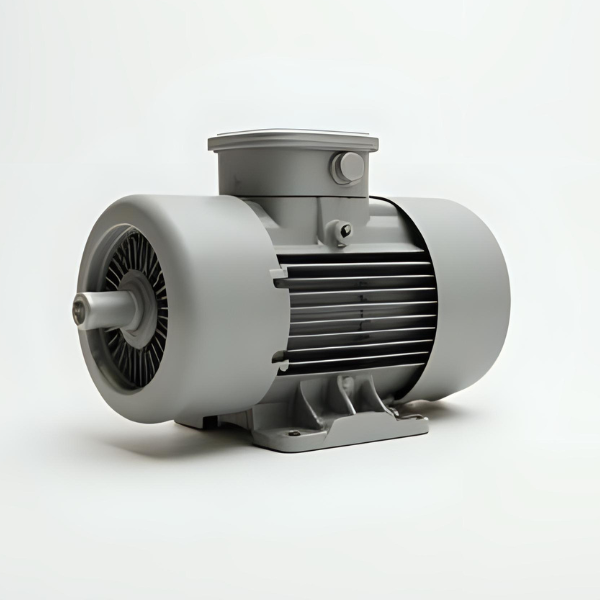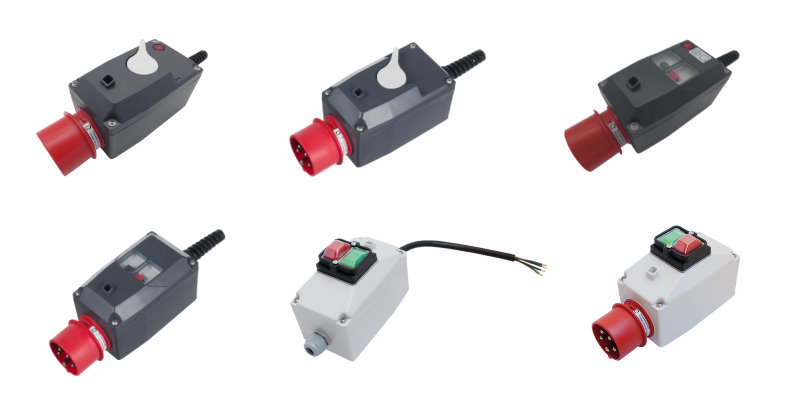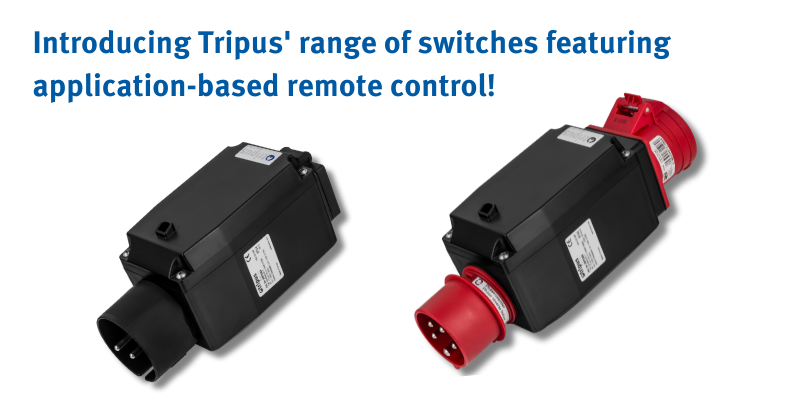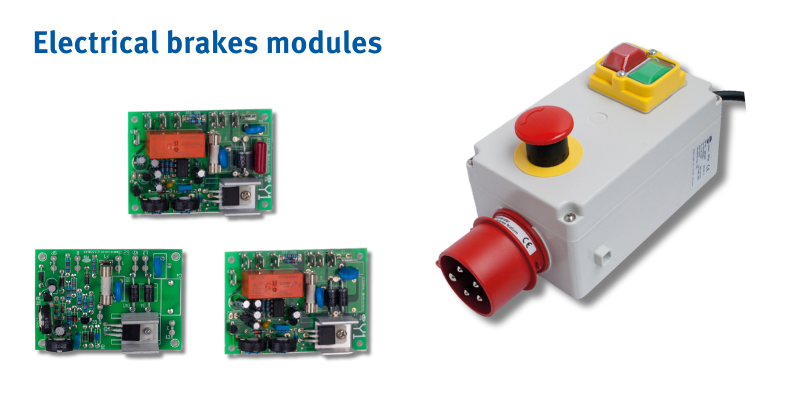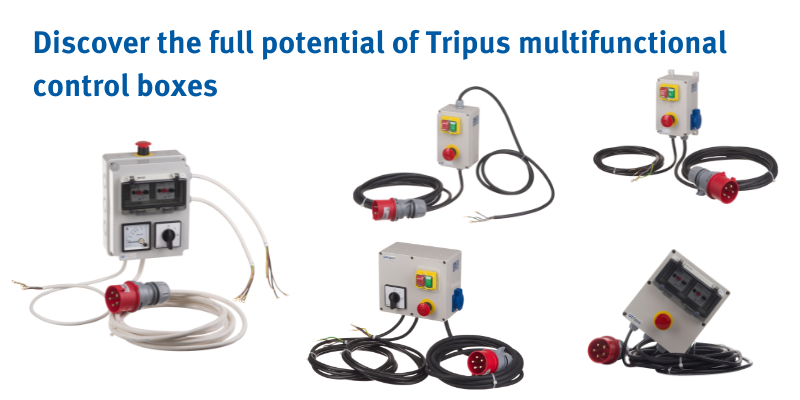KEY TO LONGEVITY AND SAFETY OF INDUCTION MOTORS
Discover the principles of proper motor switch selection, minimizing the risk of failure and optimizing machine operation.
Key tips for selecting motor protection
- Rated current (In) is fundamental: always start by reading the motor’s rated current from its nameplate, as this is the basic parameter determining the protection setting.
- Safety margin for thermal setting: set the thermal trip unit of the motor switch in the range of 100-125% of the rated current to ensure overload protection while avoiding unnecessary tripping during startup.
- Comprehensive protection: remember that a motor switch should provide both thermal protection against overload and magnetic protection against short circuits, adapted to the motor’s current-time characteristic.


